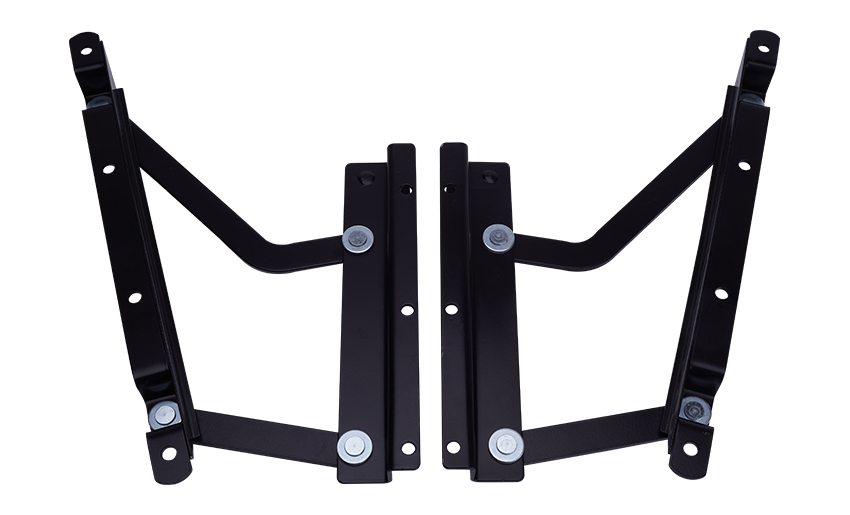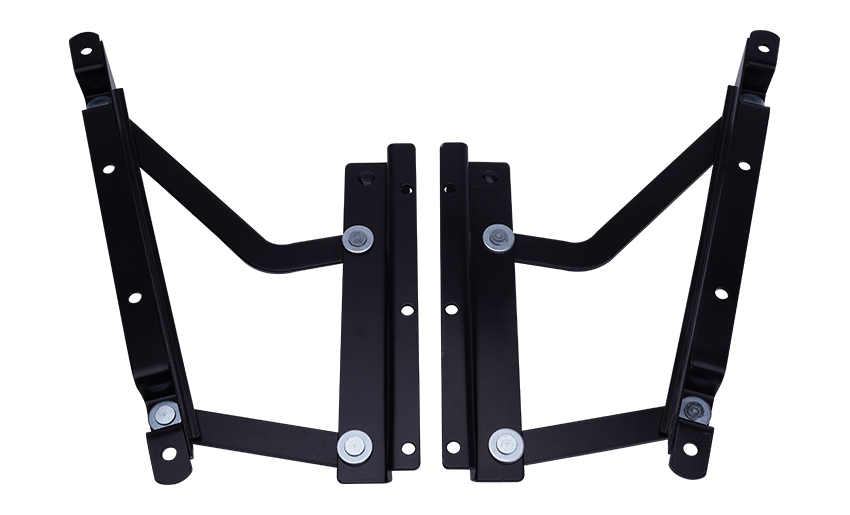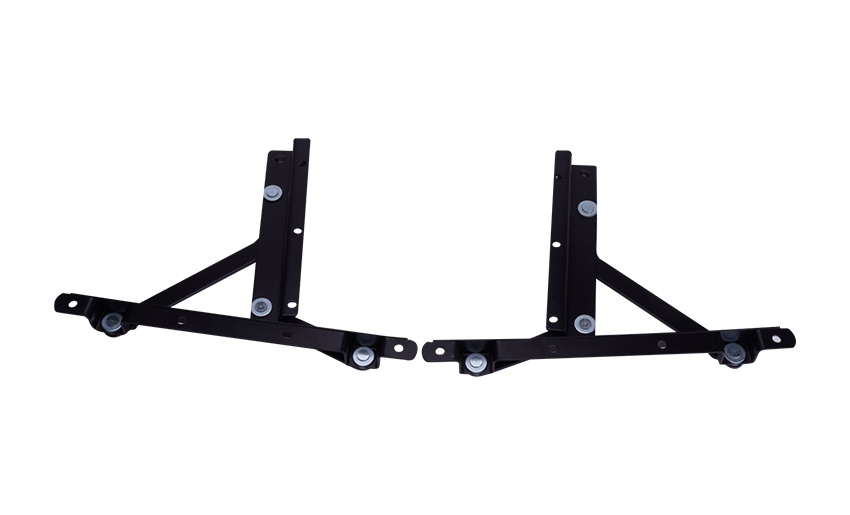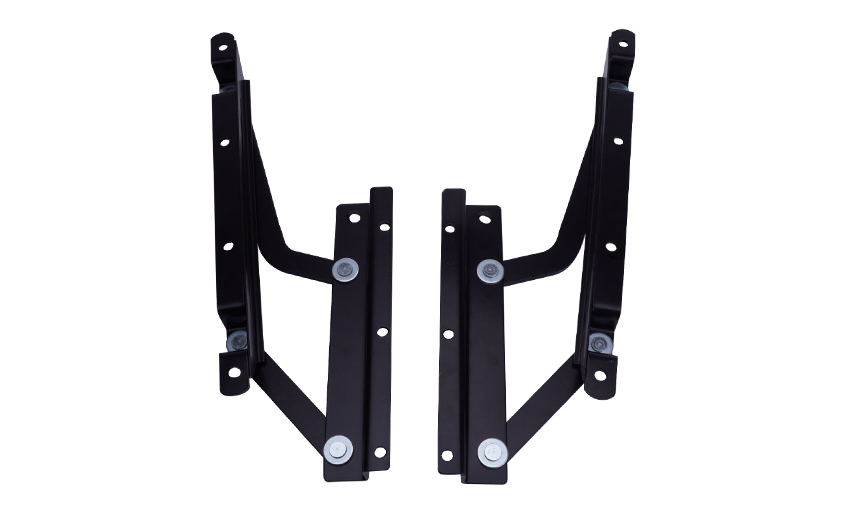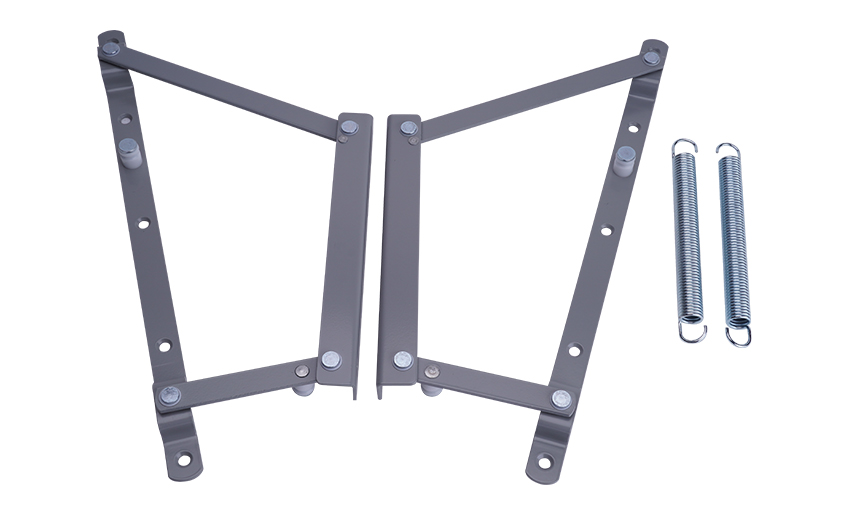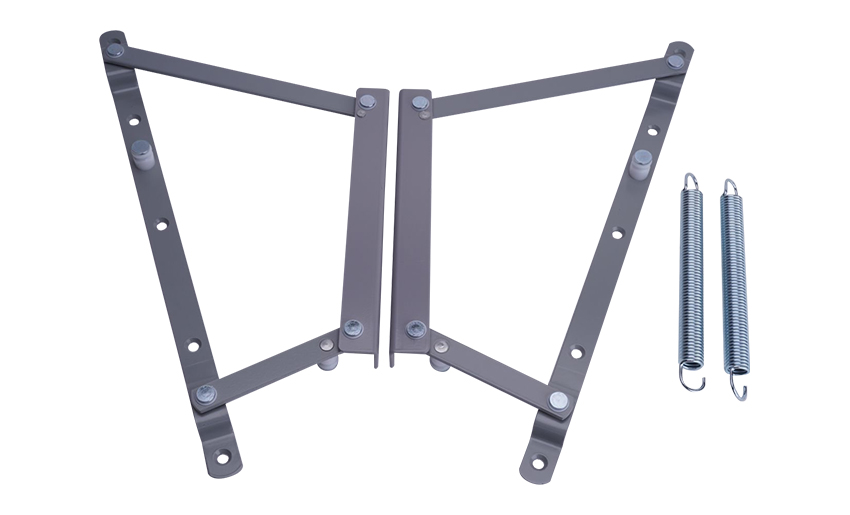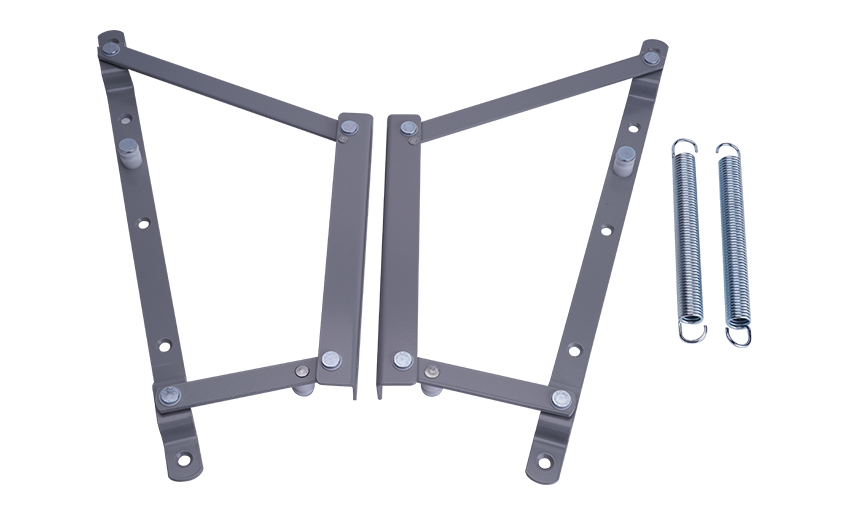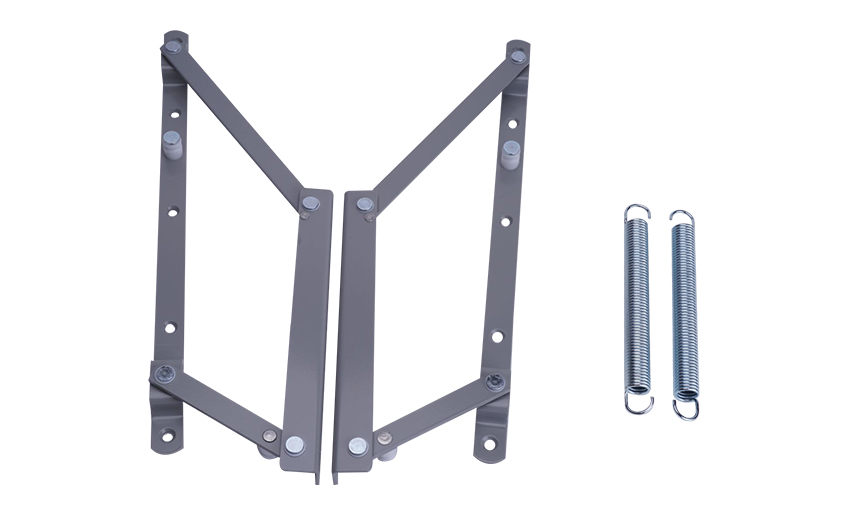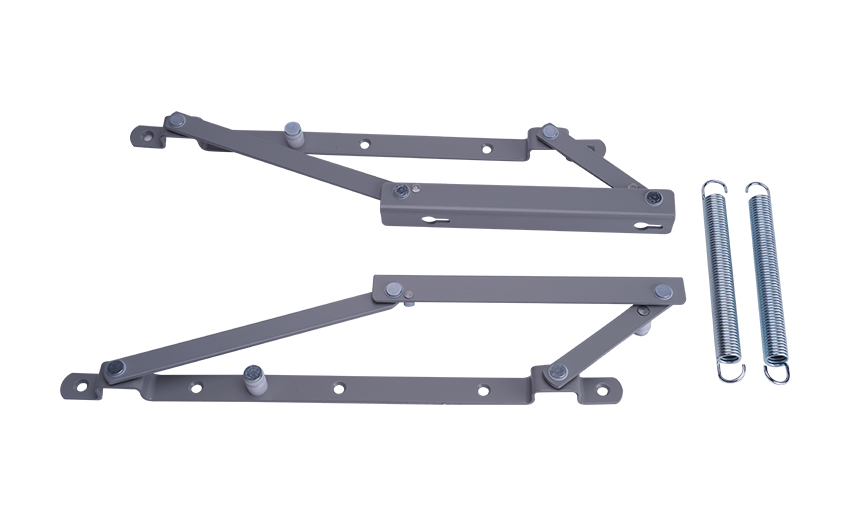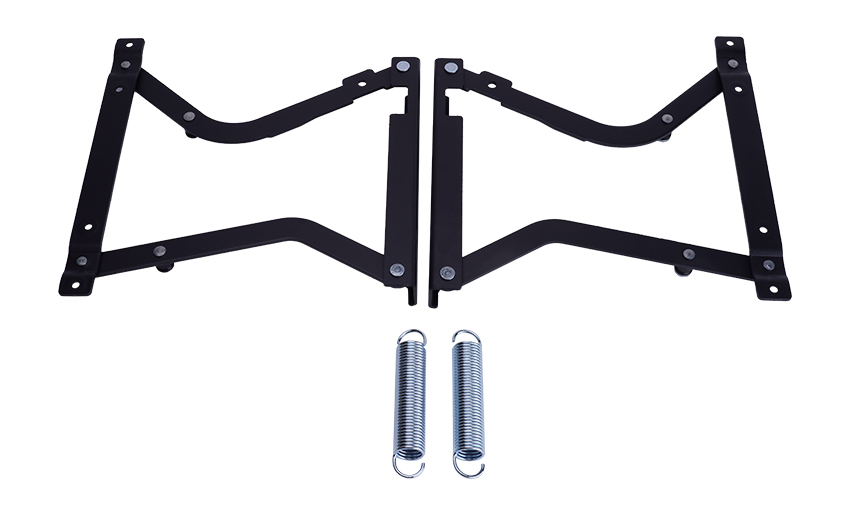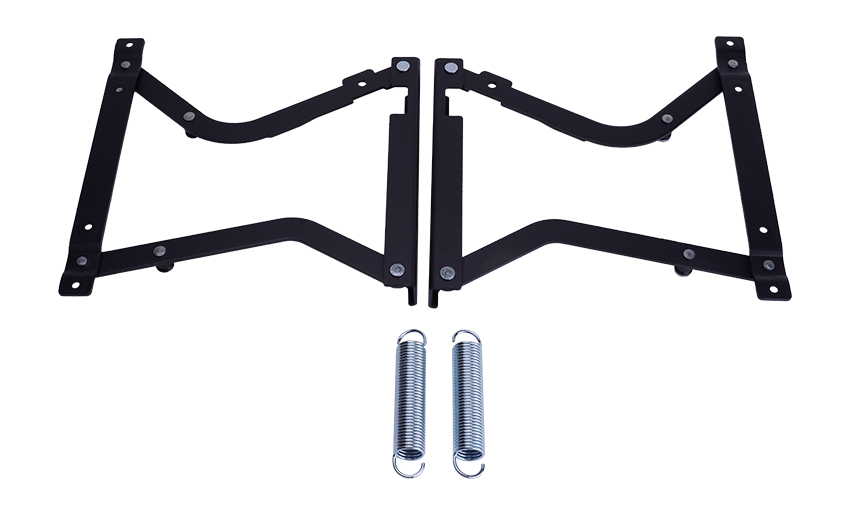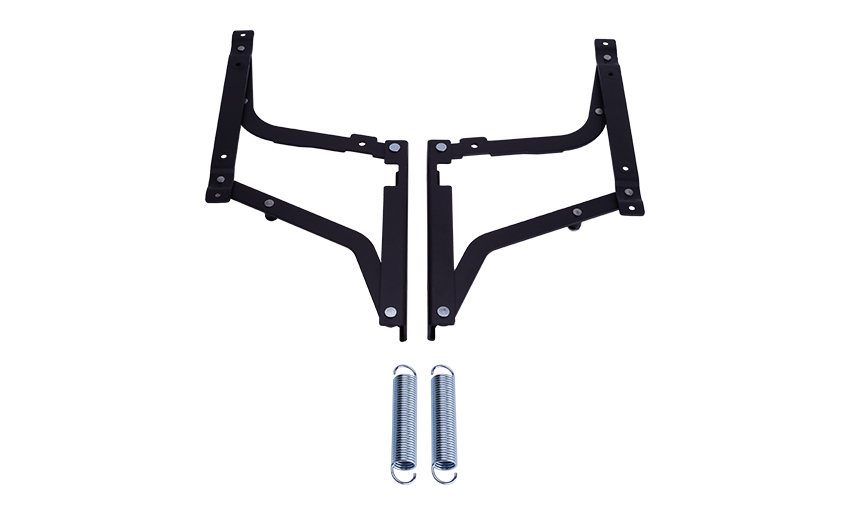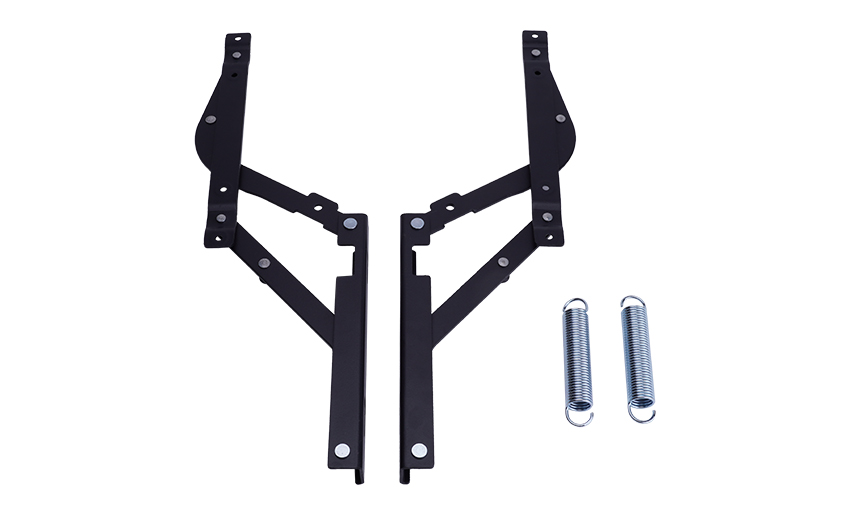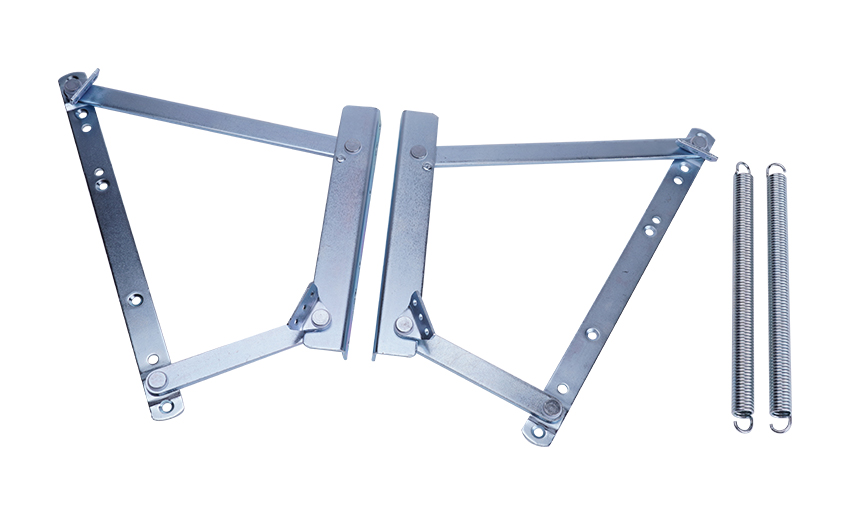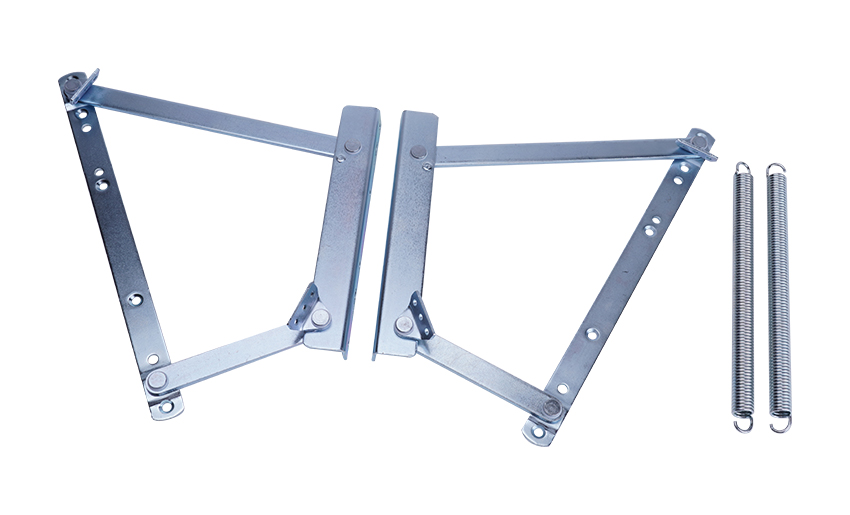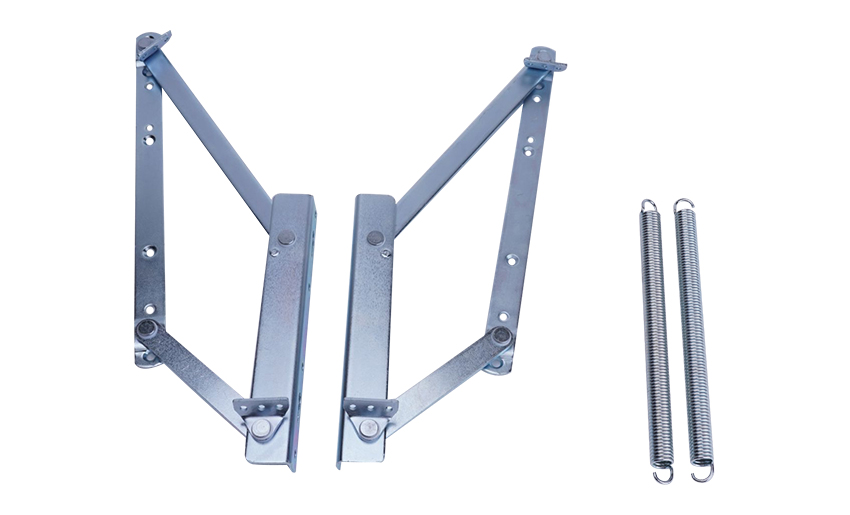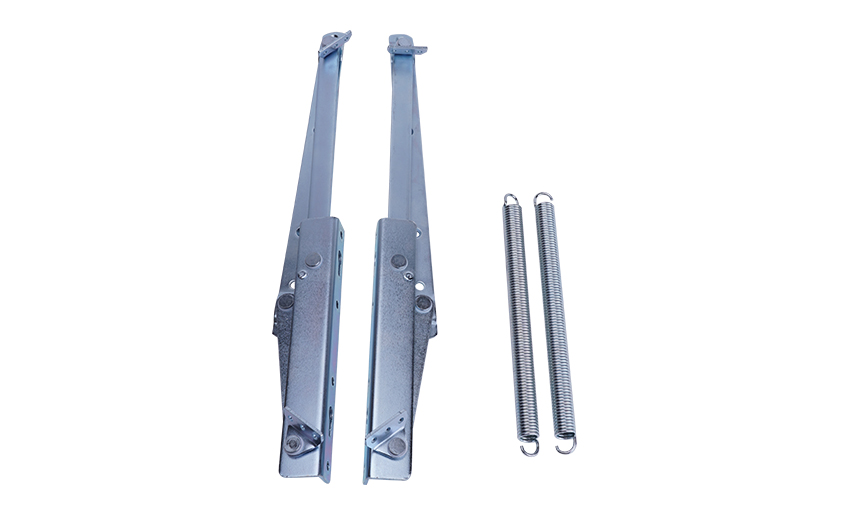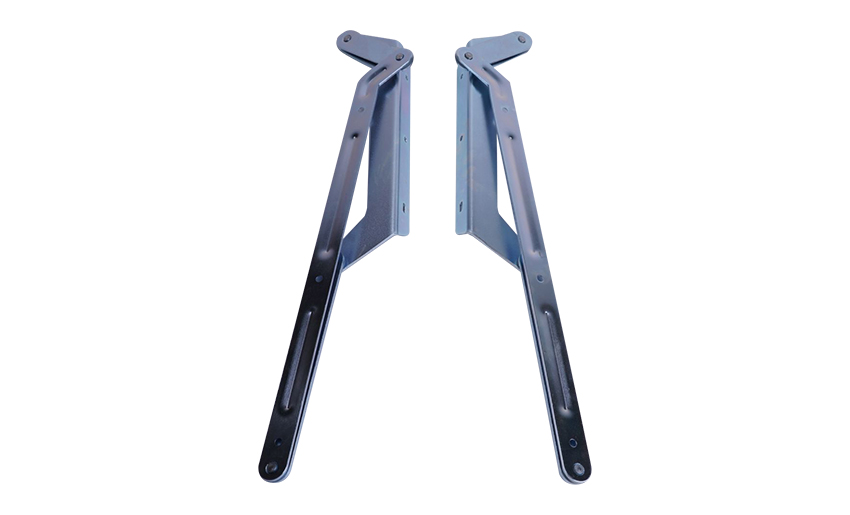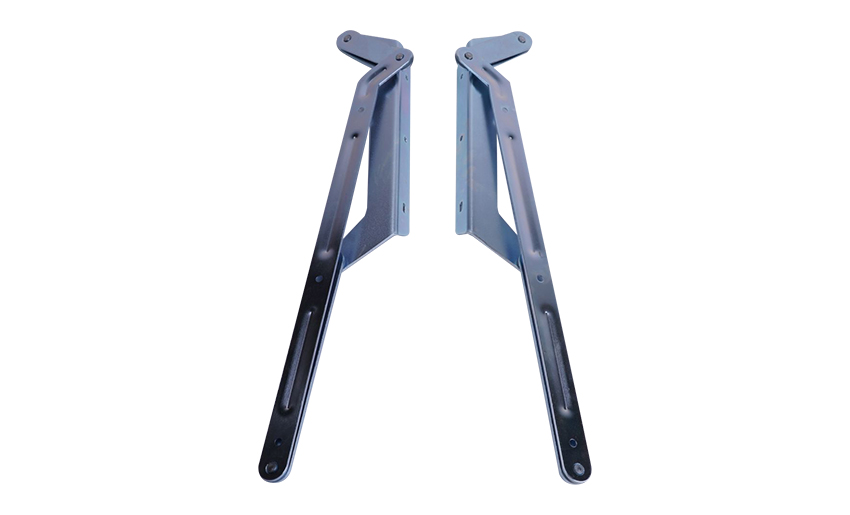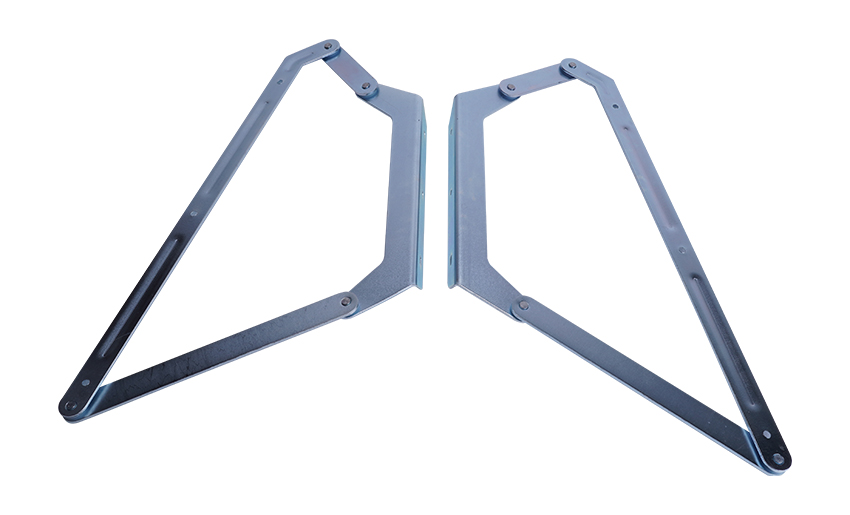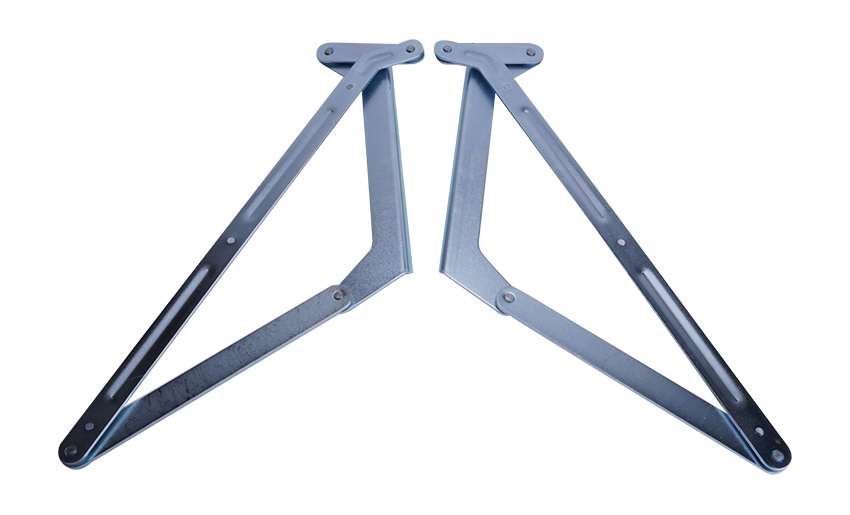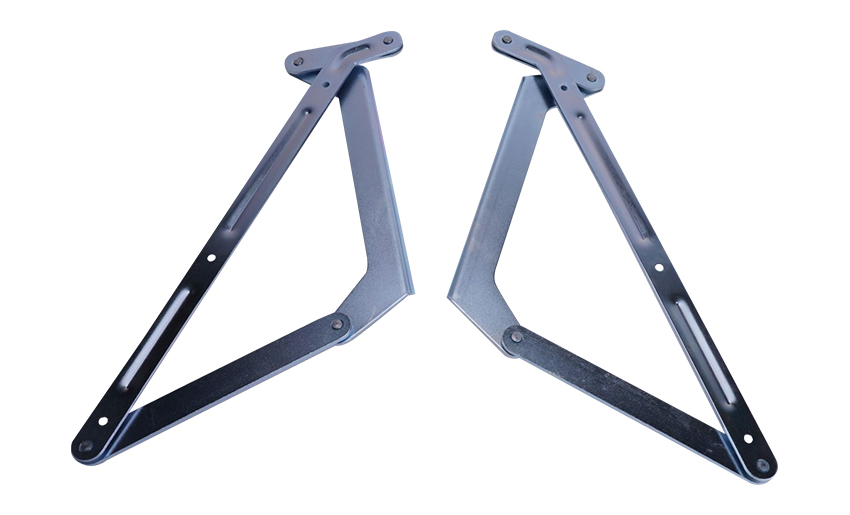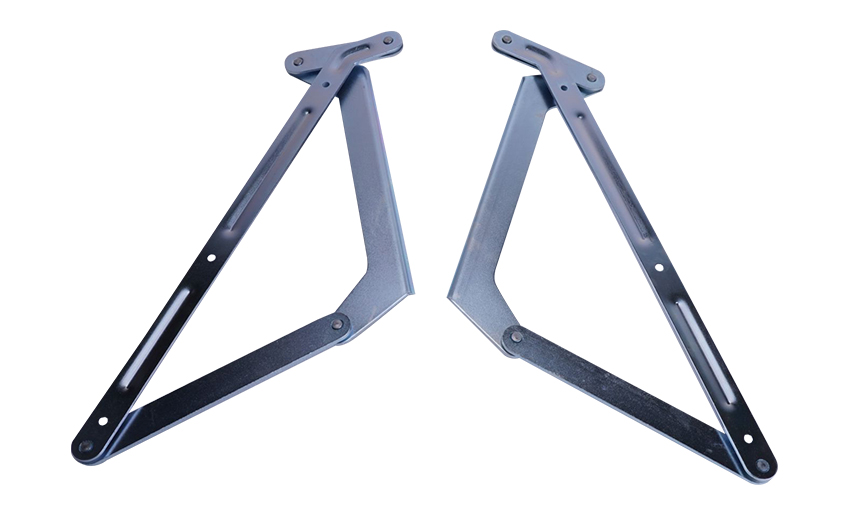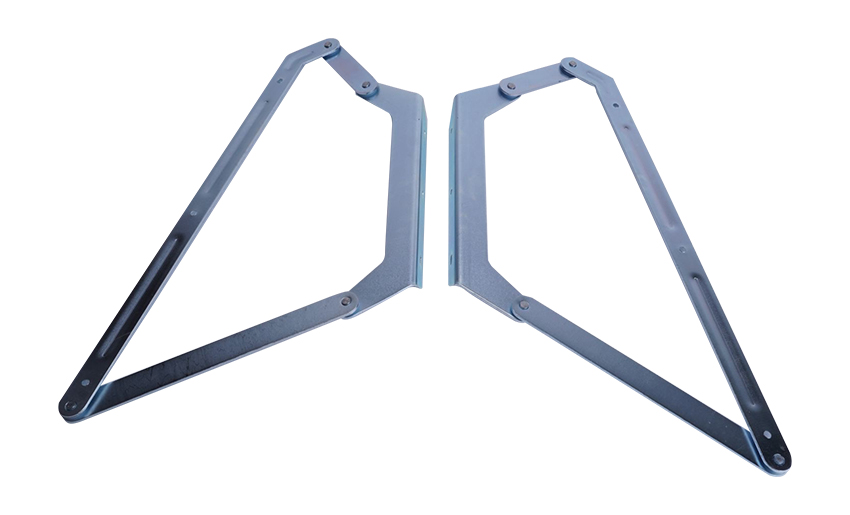Industry knowledge
How does the die casting process differ from other manufacturing methods like injection molding or machining?
Material Usage:
Die casting primarily utilizes metals or metal alloys, which offer high strength, durability, and heat resistance. Common die casting materials include aluminum, zinc, magnesium, and copper alloys. These materials are chosen for their mechanical properties and suitability for specific applications.
Injection molding, on the other hand, predominantly uses plastics or polymers. Thermoplastics such as polyethylene, polypropylene, and polycarbonate are commonly used due to their versatility, ease of molding, and wide range of properties.
Machining involves working with a wide variety of materials, including metals, plastics, composites, and ceramics. Materials like aluminum, steel, brass, and titanium are frequently machined for their strength, conductivity, and machinability.
Tooling:
Die casting relies on durable steel molds, known as dies, which withstand high temperatures and pressures during the casting process. These dies are precision-engineered to shape the molten metal into the desired form accurately and repeatedly.
Injection molding uses molds made from materials like aluminum or hardened steel. While these molds are suitable for high-volume production, they may not withstand the extreme temperatures and pressures of die casting.
Machining requires specific cutting tools, such as drills, end mills, and lathe tools, to shape the material. These tools may need frequent sharpening or replacement depending on the material being machined and the complexity of the part.
Process:
Die casting involves injecting molten metal into the die cavity under high pressure, often using hydraulic or pneumatic systems. Once the metal solidifies, the die opens, and the casting is ejected. This process allows for rapid production of complex metal parts with tight tolerances.
Injection molding follows a similar principle but with molten plastic injected into the mold cavity instead. The plastic material is heated and forced into the mold under pressure, where it cools and solidifies to form the desired part shape.
Machining involves removing material from a solid block or billet using cutting tools. This subtractive manufacturing process includes operations such as milling, turning, drilling, and grinding to achieve the desired shape, dimensions, and surface finish.
Complexity:
Die casting can produce intricate and complex shapes with high precision due to the capabilities of the die molds. This makes it suitable for parts with detailed features, thin walls, and intricate geometries.
Injection molding is also capable of producing complex shapes but may be limited by factors such as draft angles, part release, and tooling constraints. However, advancements in mold design and material flow analysis have expanded the possibilities for complex injection-molded parts.
Machining can achieve complex shapes but may be limited by the accessibility of cutting tools and the complexity of the part geometry. Certain features, such as internal cavities and undercuts, may be challenging or impossible to machine without specialized equipment or techniques.
Surface Finish:
Die casting typically results in parts with a smooth surface finish directly from the mold, often requiring minimal post-processing or finishing. This is due to the high surface quality of the die molds and the rapid solidification of the molten metal.
Injection molding can produce parts with varying surface finishes depending on factors such as mold design, material selection, and processing conditions. Surface textures, finishes, and patterns can be achieved through the use of textured molds, surface treatments, or secondary operations.
Machining leaves characteristic tool marks on the surface of the part, which may require additional finishing processes to achieve the desired surface texture and quality. These finishing operations may include sanding, polishing, buffing, or coating to improve aesthetics and functionality.
Production Rate:
Die casting and injection molding are both high-volume production processes capable of producing large quantities of parts with relatively short cycle times. The automated nature of these processes, combined with the ability to produce multiple parts simultaneously in a single mold or die, enables efficient mass production.
Machining is generally slower than die casting and injection molding, particularly for complex parts or materials with high hardness or toughness. Machining operations are often carried out sequentially, with each operation requiring setup time and tool changes, which can limit the overall production rate.


 EN
EN
 English
English Español
Español عربى
عربى


